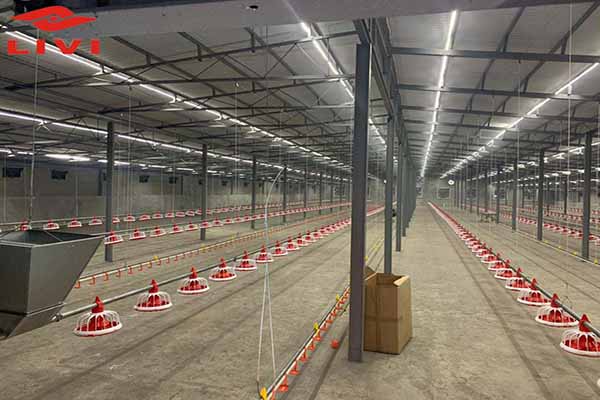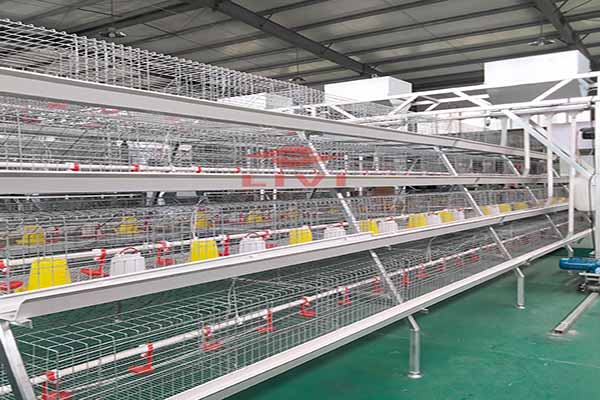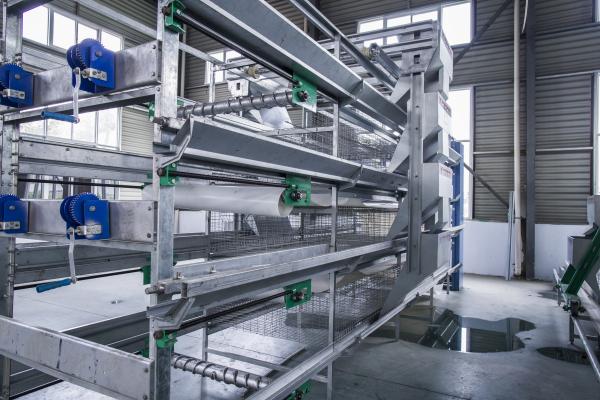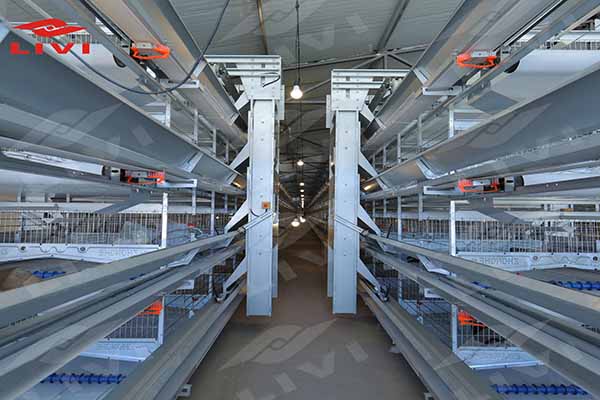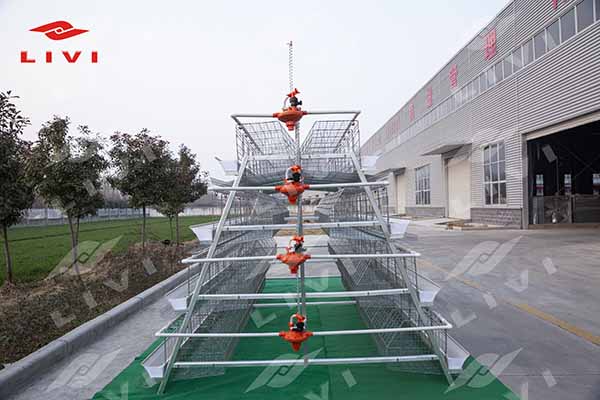The world of poultry farming is marked by a crucial decision – the choice between A-type and H-type layer chicken cage system in [poultry farming. Livi Machinery will provide an in-depth examination of these two systems, shedding light on their unique features, advantages, and considerations to guide poultry farmers in making well-informed decisions aligned with their farm goals.
A Type Layer Chicken Cage
A. Structural Design:
A-type layer chicken cages are distinguished by their innovative vertical frame design. This structural marvel maximizes space utilization within the poultry house, creating an efficient and organized layout. The vertical arrangement facilitates a streamlined system where each cage is vertically stacked, allowing for optimal use of both floor and vertical space.
The vertical structure of A-type cages offers several advantages. Firstly, it promotes efficient ventilation by allowing air to circulate freely between the tiers, ensuring a well-ventilated and comfortable environment for the layers. Additionally, this design enables easy access for farm workers, as they can reach each tier without the hindrance of additional rows. The simplicity of the vertical layout also contributes to a visually appealing and well-organized chicken house.
B. Capacity and Space Utilization:
One of the key strengths of A-type layer chicken cages lies in their capacity and space utilization. The vertical stacking of cages optimizes the available space, making it an ideal choice for poultry farmers looking to maximize the number of layers in a given area. This efficiency is particularly beneficial for farms with limited space, allowing them to achieve higher stocking densities without compromising on the well-being of the layers.
Moreover, the A-type design ensures that each layer has its dedicated space while minimizing the risk of overcrowding. This not only enhances the comfort and health of the chickens but also facilitates easier monitoring of individual birds. The efficient use of space contributes to a more productive and organized poultry farming operation.
C. Ease of Management and Cleaning:
The A-type design excels in providing ease of management and cleaning, crucial aspects of efficient poultry farming. The single-row configuration simplifies daily operations for farm workers, allowing them to navigate through the chicken house with ease. Feeding, monitoring, and egg collection become more straightforward tasks, enhancing overall farm management.
Cleaning processes are streamlined in A-type layer chicken cages. The vertical alignment reduces the likelihood of waste accumulating in hard-to-reach areas, simplifying the removal of debris and ensuring a cleaner environment for the layers. This not only contributes to the well-being of the chickens but also enhances the overall hygiene and sanitation of the poultry house.
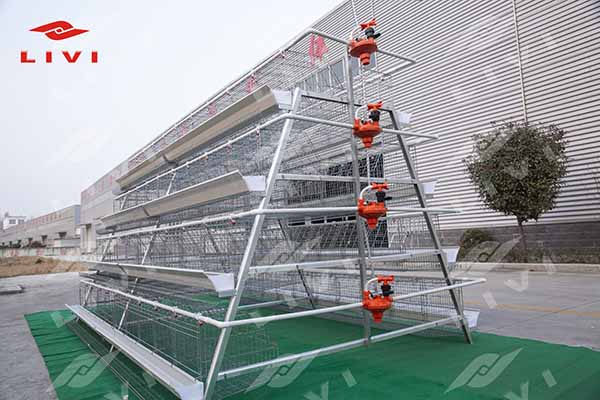
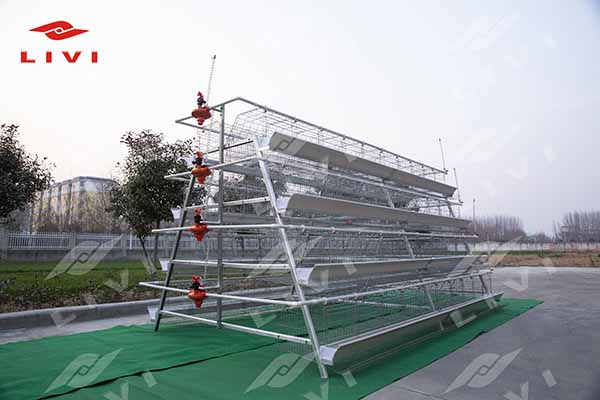
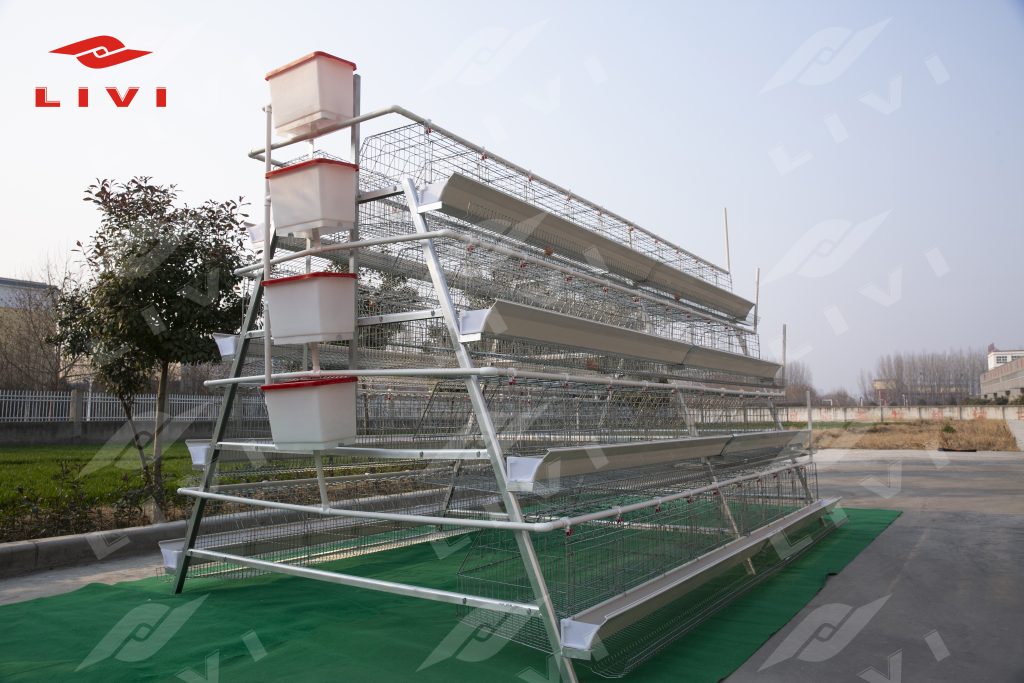
H-type Layer Chicken Cage
A. Structural Design:
H-type layer chicken cages present a unique structural design characterized by a horizontal frame shape. Unlike the vertical alignment of A-type cages, H-type cages feature a multi-tiered configuration that maximizes vertical space utilization. The horizontal structure offers a panoramic view within the poultry house, allowing for enhanced accessibility and management.
The horizontal design of H-type cages is particularly advantageous for large-scale poultry farming operations. The multi-tiered arrangement facilitates the efficient use of space, catering to a higher number of layers while maintaining a well-organized and easily accessible layout. The structural stability of the horizontal frame ensures durability and longevity, making H-type cages suitable for farms with substantial production requirements.
B. Capacity and Space Utilization:
H-type layer chicken cages excel in capacity and space utilization, making them an ideal choice for farms with a significant number of layers. The multi-tiered configuration allows for a higher stocking density without compromising on the well-being of the chickens. This scalability is especially beneficial for large-scale operations aiming to maximize production within a limited space.
The horizontal arrangement ensures that layers have ample space to move within each tier. This not only contributes to their comfort but also facilitates better monitoring and management practices. The increased capacity and space utilization of H-type cages make them a preferred choice for farms looking to achieve economies of scale without compromising on the health and productivity of their poultry.
C. Enhanced Ventilation and Comfort:
One of the distinctive features of H-type layer chicken cages is their contribution to enhanced ventilation and comfort for the layers. The multi-tiered structure promotes improved airflow between the tiers, reducing the risk of heat stress and ensuring a more comfortable environment. This is particularly beneficial in regions with varying climatic conditions.
The horizontal panorama created by H-type layer chicken cages enhances the overall well-being of the layers. The improved ventilation contributes to a healthier living environment, reducing the risk of respiratory issues and promoting optimal growth. The comfort provided by H-type cages is a key factor in achieving higher productivity and ensuring the welfare of the layers in large-scale poultry farming setups.
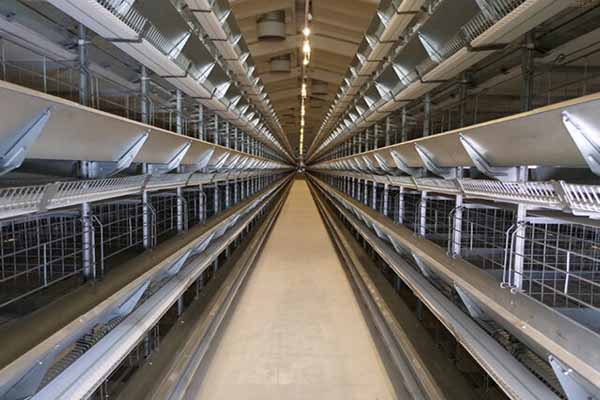
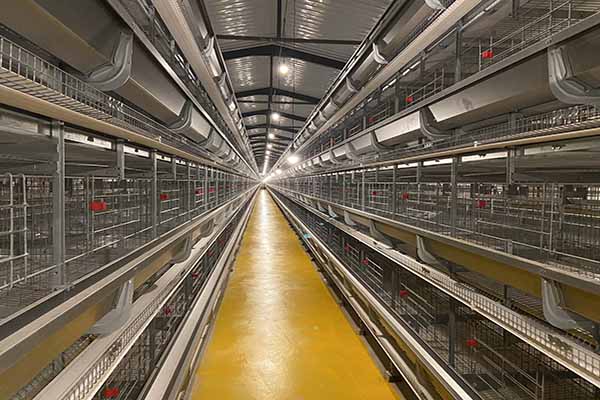
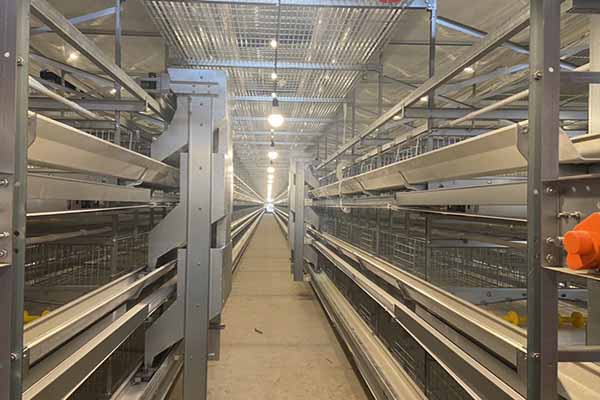
Comparative Analysis: A type and H type Layer Chicken Cage System
A. Space Efficiency:
a. The space efficiency of A-type layer chicken cages stems from their vertical arrangement. Quantifying the spatial impact involves assessing how this vertical layout maximizes both floor and vertical space within the poultry house. It’s crucial to measure the ratio of usable space to the overall space to understand the efficiency of this design.
b. In contrast, H-type layer chicken cages, with their multi-tiered structure, need a different metric for space efficiency. Evaluating how well this design utilizes vertical space without sacrificing accessibility will be key. The assessment should consider factors like the distance between tiers, ensuring optimal space utilization without compromising the comfort and movement of the layers.
B. Management and Accessibility:
a. A-type’s single-row accessibility provides a straightforward path for farm workers to manage layers. Analyzing this involves understanding the ease of tasks such as feeding, monitoring, and egg collection in a linear layout. Evaluating the time and effort required for daily operations under this design is crucial.
b. For H-type cages, where accessibility spans multiple tiers, assessing how efficiently farm workers can navigate through the tiers becomes paramount. Understanding the impact of multi-tier access on daily operations, including challenges and advantages, helps gauge the management dynamics of this design.
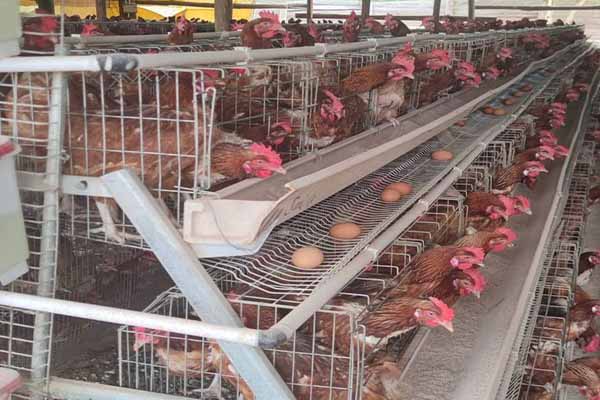
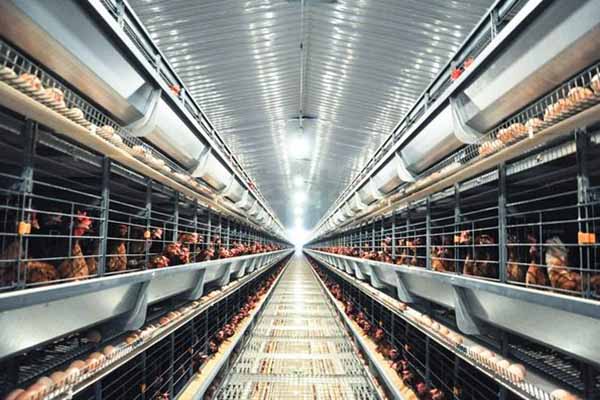
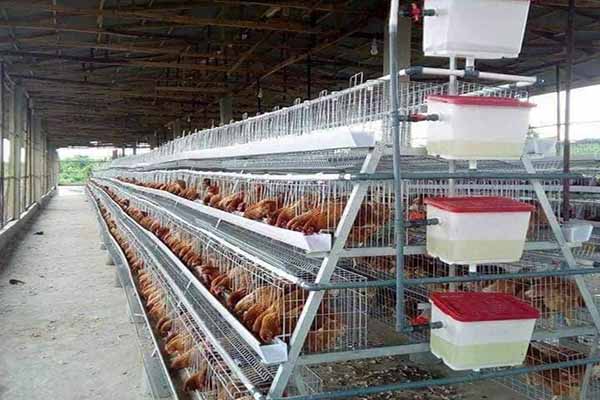
C. Suitability for Farm Scale:
a. A-type cages are known for their suitability in smaller-scale poultry farms. Investigating the reasons behind this suitability involves looking into the compact and easily manageable nature of the single-row configuration. Evaluating how well A-type cages cater to the needs of smaller operations in terms of both space utilization and management efficiency is key.
b. H-type cages are often favored for large-scale poultry farming. Assessing their appropriateness involves examining scalability factors. Understanding how well the multi-tier structure caters to increased production demands, considering factors like labor efficiency and economies of scale. It provides insights into the suitability of H-type cages for larger operations. Considering scalability factors influencing the choice between the two systems entails looking at the adaptability of each design to changing production requirements. Evaluating factors such as initial investment, long-term operational costs, and potential expansion capabilities provides a comprehensive understanding of the scalability of A-type and H-type layer chicken cages.
Explore the intricacies of A-type and H-type layer chicken cage system for poultry farming to empower your poultry farming journey.
Leave your thoughts or questions below as we navigate these choices together!






